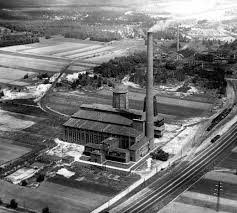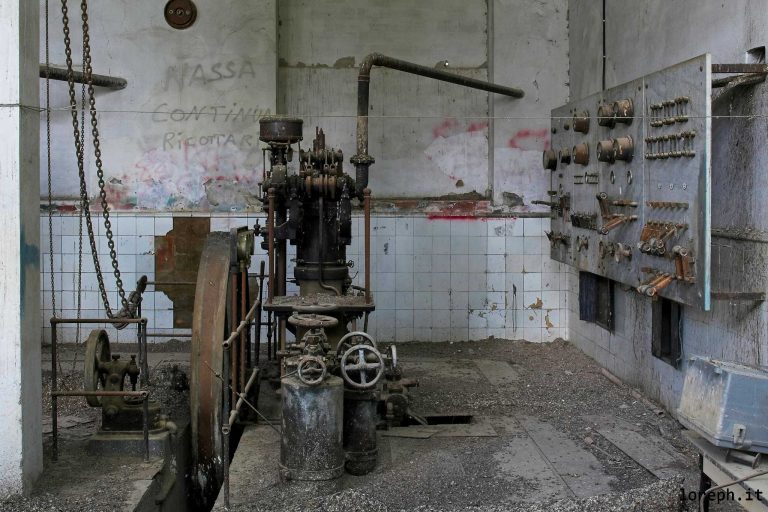KRAFTWERK PLESSA [DE]
Exploration #103. Kraftwerk Plessa was an industrial monument in the municipality of Plessa, in the district of Elbe-Elster. It was one of the oldest lignite-fired power stations in Europe which was preserved in its original structure. Unfortunately the museum close in 2021 and now the site has been vandalized by copper thief.
The power station was commissioned in 1927 by the Gröba Electric Association. In the 1920s and 1930s it was one of the most modern power plants of its time.
After the end of the three main construction phases in 1942, the power plant had a capacity of 54 MW, which, however, fell to 34 MW after a turbine was sent to Russia as war indemnity in 1945. In April 1992 Kraftwerk Plessa was shut down and taken off the grid. In 1985 the entire complex was already under monument protection, but its demolition was prevented in 1998.
The power station was built in three main construction phases from 1926 to 1942. From 1926 to 1928 the first section of the power station was built with the administrative part, the electrical panels and a 115.2 m high chimney. Turbine 1, first commissioned in 1927, had an output of 8 MW. Boilers 1 to 3 and cooling tower I were also built during this period. In 1928, turbine 2 with an output of 10 MW and cooling tower II followed. In 1929 and 1930, the engine room and boiler room were expanded, together with other auxiliary facilities. In 1930, turbine 3 with an output of 16 MW and boiler 4 came into operation. During the third expansion phase, from 1936 to 1942, the engine room, heating plant and water treatment plant were expanded. During this period further auxiliary systems were built and in 1940 and 1941 the second 120 m high chimney was built, which served to evacuate the fumes of boilers 4 and 5. In 1942 a fourth turbine with an output of 20 MW was commissioned, but after the Second World War in 1945 it went to the Soviet Union as wartime compensation.
After World War II, various maintenance and modernization conversions were carried out, such as the renewal of the entire roof in 1950, the construction of the IV cooling tower in 1954 and the installation of larger transformers during the conversion from 60 kV to 110 kV in 1973. The transport of coal was also modernized using various conveyor belts.
After its dissolution by the Berliner Treuhandanstalt (an agency set up by the government of the German Democratic Republic to privatize East German companies), it was taken over by the municipality of Plessa to continue producing electricity. According to the new concept of use, the energy source had to be natural gas, which would have required high investments and important conversion measures. The project failed and could not be implemented.
On 14 April 1992, the last turbocharger was finally shut down and the power station was taken off the grid. On 1 January 1996, the municipality of Plessa became the sole owner of the power plant.


































